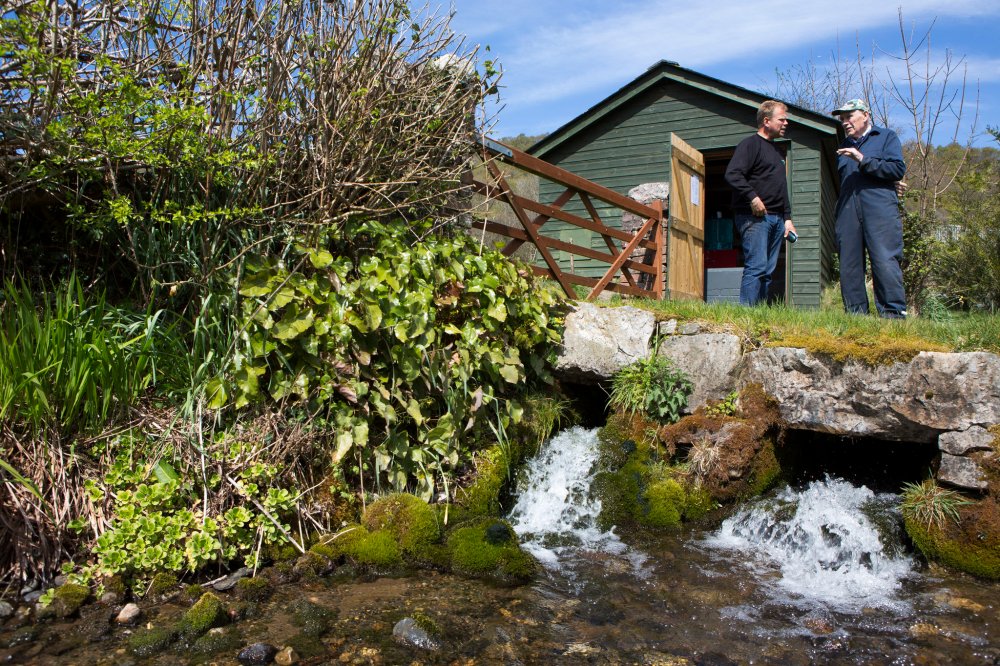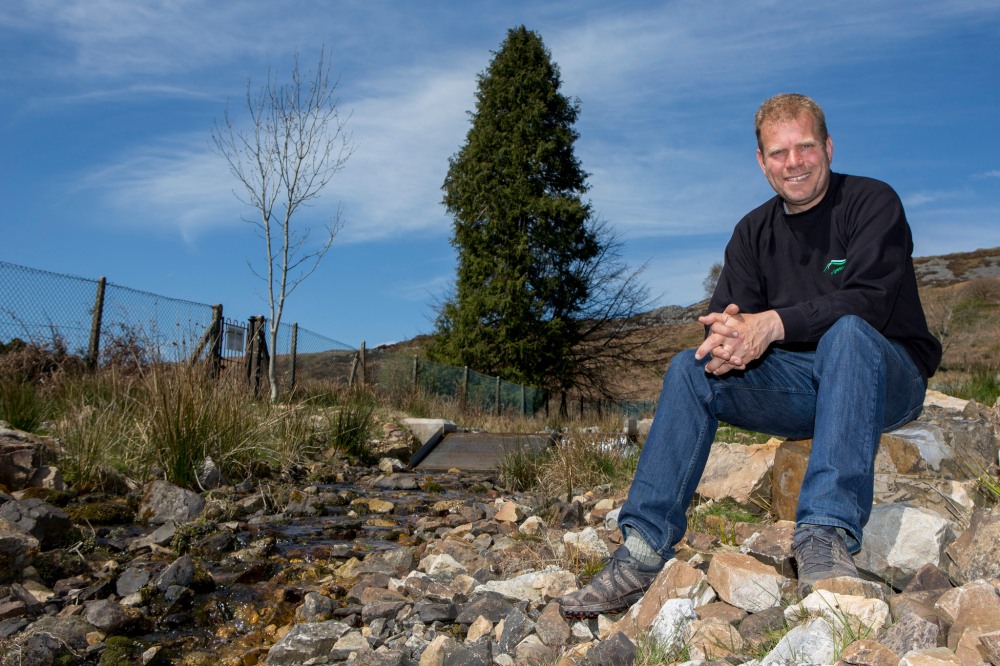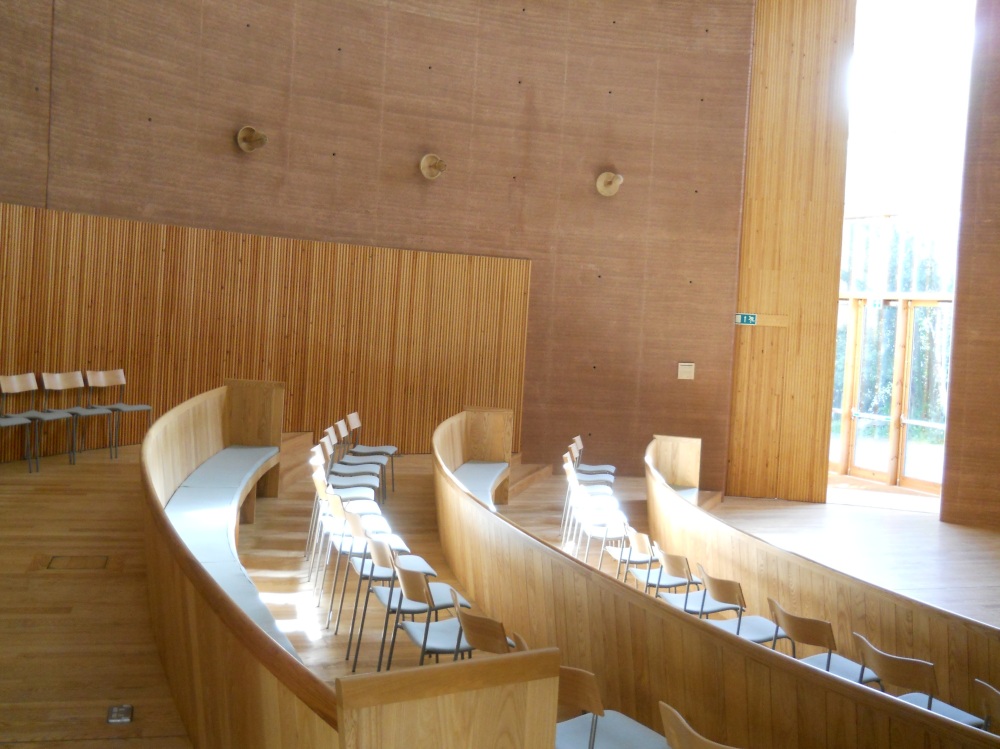“Just as the world is rushing towards clean energy, our government wants to run away …”
J. McGlade
Five years ago, not long before he was promoted to editor of Positive News, I was talking with Sean Dagan Wood. We were discussing whether or not the world was going to stop climate change in time. Dagan Wood felt it was do-able. He saw a global smorgasbord of green business and innovation, bubbling away beneath the surface … a parallel, and properly sustainable society … almost ready to step across to.
And this ‘parallel society’ has grown. Committed people have worked, often beneath the radar, researching, developing and ultimately establishing the infrastructure and systems that allow us to address climate change, not as individuals, nor even individual countries, but as humanity.
UK were leaders in this change for many years. Now other countries take up the mantle and always the work continues across borders, in business and outside of business – drawing in all kinds of people,with all kinds of skills. Together we can change the world. Together we can create a brighter future for the generations that follow.
Funding for the change makers is often tight, and so they learn to work with lean budgets, making the most of not that much. Those working outside the security of big business have placed much hope in the potential for cooperatively owned renewable energy to fund R&D in other areas of green development and systems innovation. They have crafted triple bottom line business plans and burned the candle at both ends because they cared about what they were doing. Sometimes some of them had to supplement meagre income with tax credits. Paving the way is what this is about.
The voices are growing for action on climate change. Big voices, heads of churches, leaders of continents. Paris in December beckons a great and historic decision. It seems tangible. Canada votes in a new government. Mark Carney, manager of the Bank of England stands up to be counted. President Obama, Google, Apple, Unilever, The Pope and the Dalai Lama. Action on climate is in the air. So why now, UK? The Feed in Tariffs are under the axe, building for zero emissions is undermined and funding streams for vital clean tech R&D have dwindled. Investor confidence in green tech may be growing in other countries, but not the UK. In this country it is as if we are swimming in a different direction. Still pouring forlorn hopes into dirty fossil fuels and de-regulation. Its anti business say the proud political dinosaurs. Global warming? pah!
Mariana Mazzucato is Professor of Economics and Innovation at Sussex University and recently became one of a small group of progressive economic advisors to the Labour party that also includes Joseph Stiglitz and Thomas Picketty.
Mazzucato makes the point that ‘the market’ is only able to influence the rate of change not the direction of change. This is important. We have to get away from the notion that any growth is good. How can growth that causes deep, lasting and irreparable damage to essential ecosystems or human wellbeing be good?
In order to re-direct change you have to intervene. Mazzucato points to the story of Silicon Valley for inspiration. In the early years of computer technology, before we had even dreamed of I-pads, smart phones, social media and superfast broadband packages from BT, it was government investment … i.e. public investment … that made early development in Silicon Valley possible. Government bodies helped to kick start the digital revolution. And by dint of an incredible surge of human creativity and sharing of skills something amazing began to take place. It was only when the potential for success became apparent that private investors stepped in.
So this is the thing. In order to bring green technology and systems innovation through the risk stages, to the point where we have mature technologies, green infrastructure being established at a suitable rate and business models with environmental and social justice stitched in, we need public investment. In the UK subsidies still seem to go into the wrong places. Marketing strategies to sugar the pill of environmental degradation are no solution. Investment is needed to re-direct the economy. The longer we leave it, the more difficult it will be to pull back. UK don’t run away from renewables.
Written by Rachel, http://www.sharpeningpencils.co.uk
This article was first published in Broad Sheep Magazine, November 2015. Broad Sheep is distributed across the region of Mid Wales and the Marches and is also published online.











